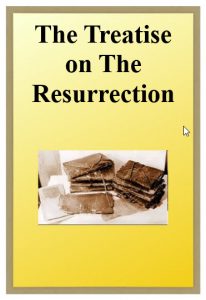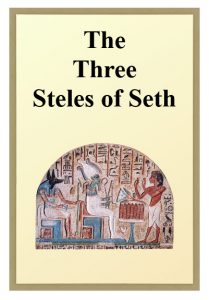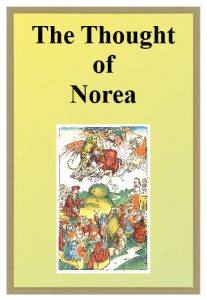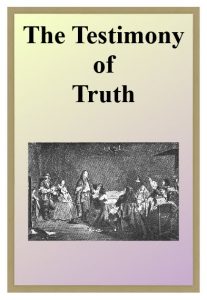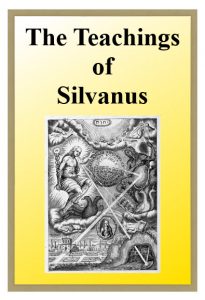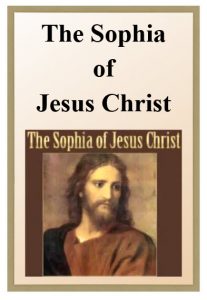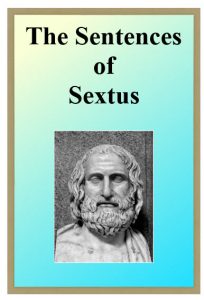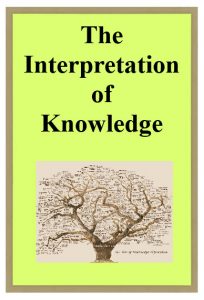Information on The Treatise on The Resurrection
MALCOM L. PEEL WRITES (The Nag Hammadi Library in English, p. 52): “The importance of this short, eight-page, didactic letter lies in its witness to a distinctively unorthodox interpretation of Christian teaching about survival after death. By the late second century, the probable time of its composition, Christians – whether Gnostic or orthodox – were struggling with certain challenges and questions. Was such survival philosophical demonstrable (as Socrates had argued in the Phaedo)? What form might it take? (Immortality of the soul? Resurrection of the body? Reincarnation?) When would such survival be experienced? (At death? At Christ’s final return? Perhaps even before death?) The New Testament teaching was somewhat ambiguous on several of these points, though within the great church there seemed general agreement on at least two matters: the prototype and basis of hope for such survival was the resurrection of Jesus Christ, and the resurrection of individuals would entail their retention of personal identity.”
